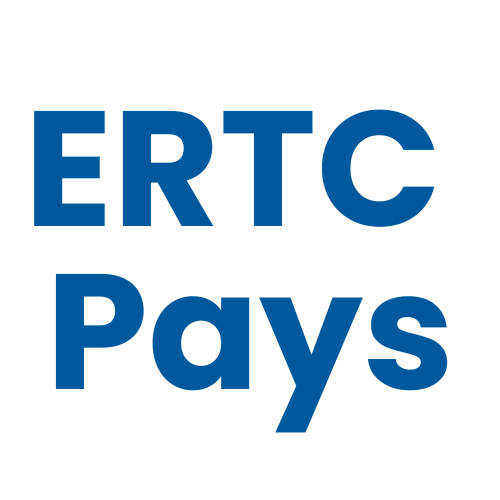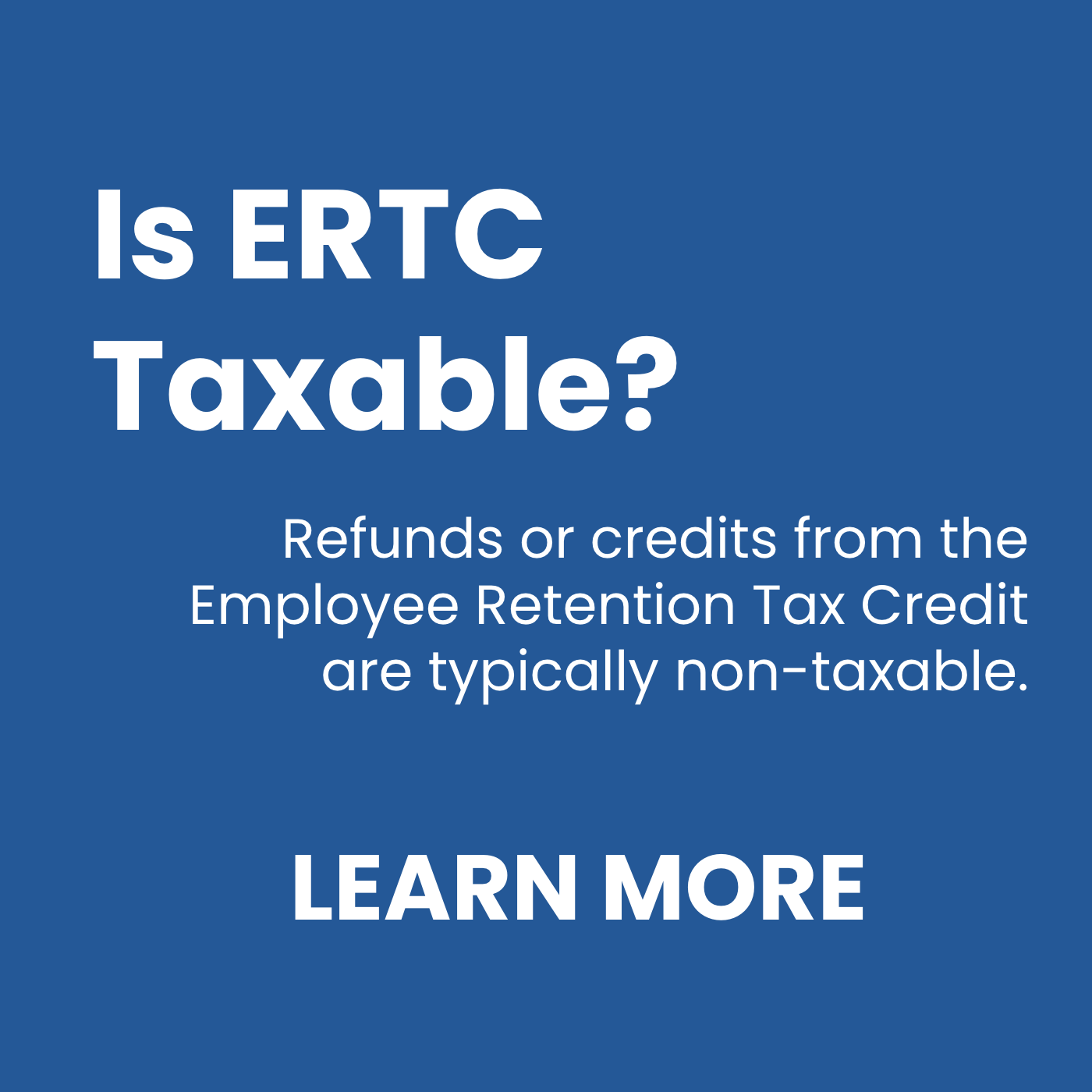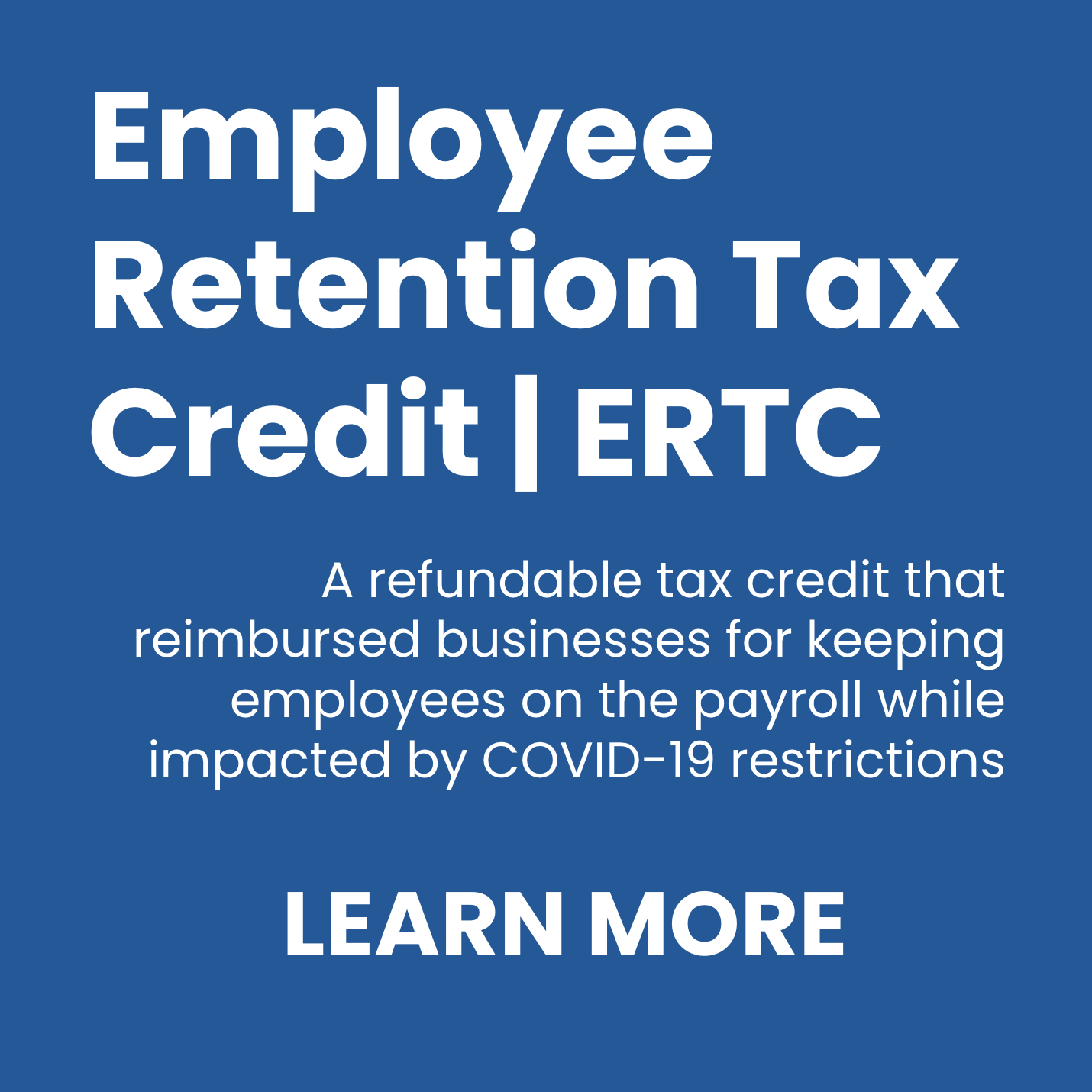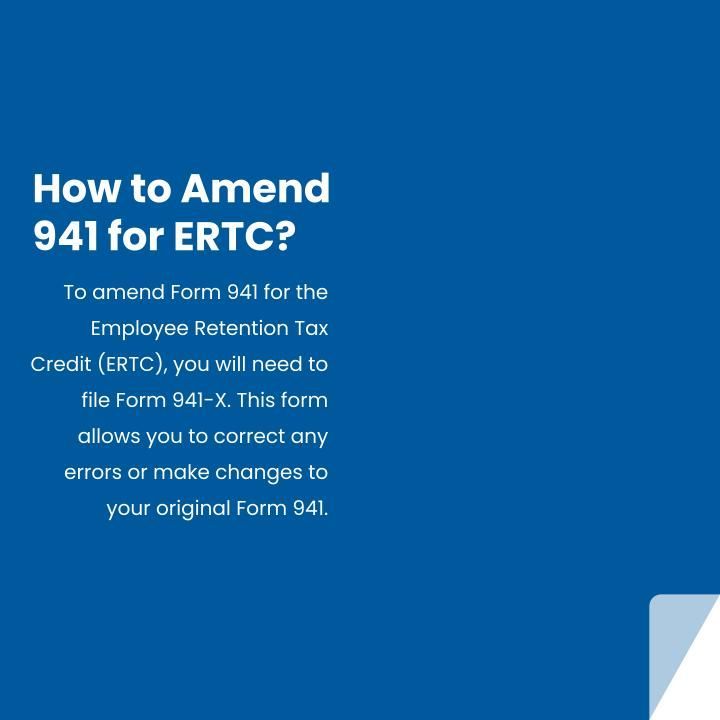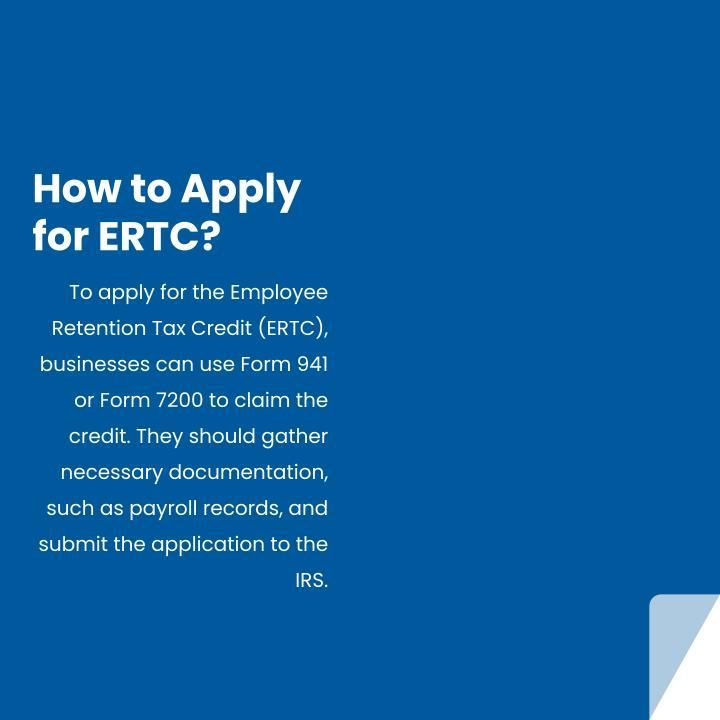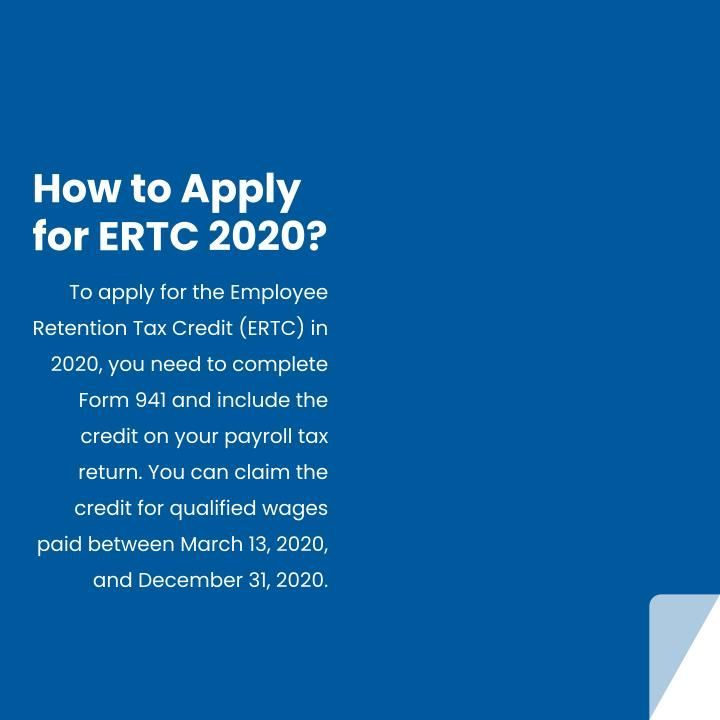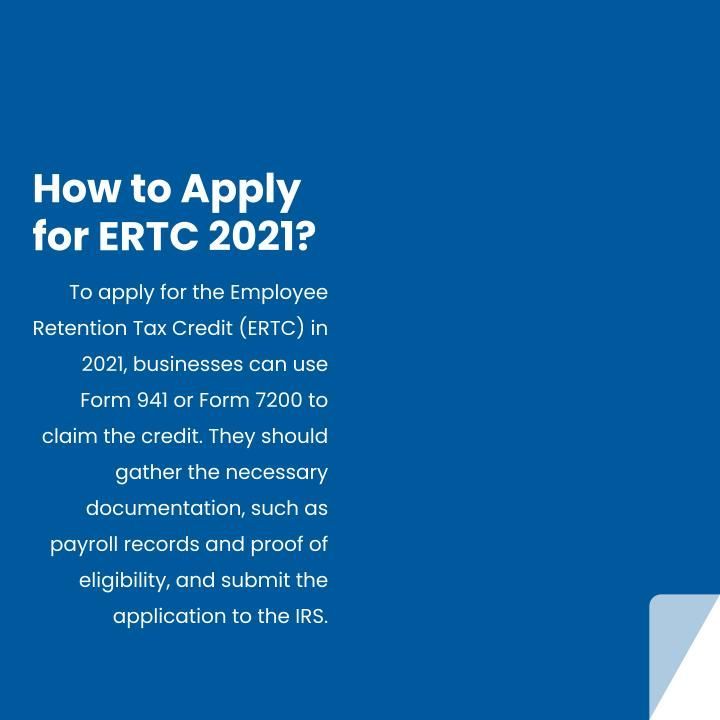Who is Eligible for the ERTC?
Who is Eligible for the ERTC?

The Employee Retention Tax Credit (ERTC) is a refundable tax credit designed to incentivize eligible employers to retain their employees during challenging economic times, such as the COVID-19 pandemic. Eligibility for the ERTC varies depending on the year[1][5][6]:
ERTC Eligibility for 2020
To qualify for the ERTC in 2020, employers must have met specific criteria[1][6]:
- Significant Decline in Gross Receipts: Employers must have experienced a significant decline in gross receipts, which is defined as a 50% or more decline in gross receipts compared to the same quarter in the previous year.
- Full or Partial Suspension of Operations: Employers must have experienced a full or partial suspension of operations due to government orders related to COVID-19.
- Eligible Period: The ERTC is available for qualified wages paid between March 13, 2020, and December 31, 2020.
- Employer Size: The ERTC is available to employers of any size, including businesses and nonprofits.
- Qualified Wages: The ERTC is based on qualified wages paid to employees during the eligible period. For employers with more than 100 full-time employees, qualified wages are limited to wages paid to employees who are not providing services due to a full or partial suspension of operations or a significant decline in gross receipts.
ERTC Eligibility for 2021
To qualify for the ERTC in 2021, employers must have met specific criteria[2][4][5]:
- Significant Decline in Gross Receipts: Employers must have experienced a significant decline in gross receipts, which is defined as a 20% or more decline in gross receipts compared to the same quarter in the previous year.
- Full or Partial Suspension of Operations: Employers must have experienced a full or partial suspension of operations due to government orders related to COVID-19.
- Eligible Period: The ERTC is available for qualified wages paid between March 13, 2020, and December 31, 2021.
- Employer Size: The ERTC is available to employers of any size, including businesses and nonprofits.
- Qualified Wages: The ERTC is based on qualified wages paid to employees during the eligible period. For employers with more than 500 full-time employees, qualified wages are limited to wages paid to employees who are not providing services due to a full or partial suspension of operations or a significant decline in gross receipts.
ERTC Eligibility for 2022
To qualify for the ERTC in 2022, employers must have met specific criteria[2]:
- Significant Decline in Gross Receipts: Employers must have experienced a significant decline in gross receipts, which is defined as a 20% or more decline in gross receipts compared to the same quarter in the previous year.
- Full or Partial Suspension of Operations: Employers must have experienced a full or partial suspension of operations due to government orders related to COVID-19.
- Eligible Period: The ERTC is available for qualified wages paid between January 1, 2022, and June 30, 2022.
- Employer Size: The ERTC is available to employers of any size, including businesses and nonprofits.
- Qualified Wages: The ERTC is based on qualified wages paid to employees during the eligible period. For employers with more than 500 full-time employees, qualified wages are limited to wages paid to employees who are not providing services due to a full or partial suspension of operations or a significant decline in gross receipts.
It's important to note that the ERTC has undergone updates and changes since its introduction.
Employers should stay updated with the latest IRS guidance and consult with tax professionals to ensure compliance with eligibility requirements and maximize the benefits of the credit[1][4][5][6].
Other ERTC Blog Posts and Updates
Free ERTC Eligibility Check with an Advisor
Affiliate Disclosure: Our advisors are from third-party ERTC advisory companies who can help you determine your eligibility and claim the ERTC at no upfront cost to you. They take their fee AFTER the tax credit is deposited and can offer funding if you don't want to wait. ERTCPays.com receive a small referral fee if you choose one of our recommended companies.
